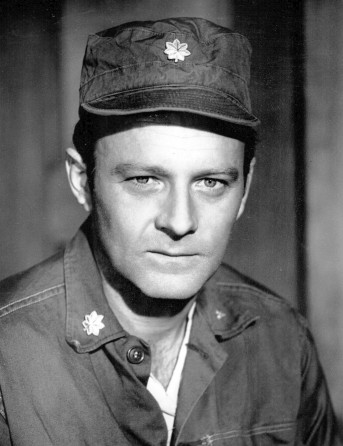Next Tuesday we’ll discuss pp. 616-662. This week includes: a hill-side spectacle and wheelchair event; ETA students at supper; the famous M*A*S*H scene; one of my favourite Kate Gompert Scenes; and Steeply watching some “chess on the run.”

The beady-eyed among you will no doubt have noticed from the page ranges that we didn’t quite finish the Gately blockbuster episode last week. The scene shows Wallace’s ability to balance brows of low (Green’s broken-nose mufflings “By doze is fide” and the thick-Bostonian slurrings of the drunk security guard [or should that be “gaaa’hd”?]) and high (the ‘picayune’ drudgery that opened the episode is now a religious currency of ‘coins of blood’ as Gately is smuggled into Ennet House). We are still perturbed at the violence still resonating off this (in)conclusion.
As the unofficial title of the section which follows indicates, there seems to have taken place a shift in the narrative (or our reading habits) from hyper-detail to a more plot-driven ‘spect-ops’. This particular section – detailing the placid surroundings Boston Public Garden following the spectacle of the draining of the duck pond – utilises the trademarks of the villainous A.F.R. to build suspense, with the squeak of wheels functioning like John Williams’ leading-tone Jaws motif. At the center of the machinations, the prey is Madame Psychosis’s radio engineer, sunbathing in November, unaware of and unprepared for being kidnapped at highspeed. The heightened drama here strikes us as intentionally overblown – especially considering the scene this follows – yet it does bring to light the procedures of the A. F. R. within the wider milieu of inner-city homelessness and the privileged’s ‘passion for standing live witness to things’. But are the A.F.R. closing in on M.P. – and for what reason?
Back at E.T.A. it’s feeding time. We all loved the da-Vincian-Last-Supper vista which Wallace paints so well of these youngsters. Like the ‘spect-ops’ episode, this too takes place in the aftermath of the (ostensible) main event – an exhibition match between Hal and Ortho ‘The Darkness’ Stice. The youngster from Kansas seems to (unconsciously) whip the room’s energy around him, and we’re reminded of what Wallace once said about minds being tornadic. Towards the end of this episode, we’re reminded how these kids are almost being bred for sport-star success, while their other human parts (notably their developing sexuality) seems to be undisclosed and undernourished.
From Hal’s ‘stelliform-mold shape E.T.A. mashed potatoes’ to Steeply’s anecdote of his father’s addiction to M*A*S*H. Despite Marathe’s increasing boredom and impatience with Steeply here, this tale – a favourite of both our veterans and new recruits – does seem to succeed as a visceral tragedy towards ‘the final enclosing isolation of obsession’. Steeply’s current struggle as a raconteur appears to be trying to connect and engage with Marathe through quintessentially American (though internationally syndicated) pop-culture. Of course, then, the moral of the tale must ultimately be lost/misplaced in translation.
Following Gately’s wounding, in ‘the hours that are truly wee’ Kate Gompert and Geoffrey Day attempt to describe the attributes of the ‘thing’ – that ‘large dark billowing shape’ – of depression. This section is very raw and affecting and made even moreso as the interlocutors are trying to interface while the background is dominated by the televised ‘grotesque’ infant-caricature of Mr. Bouncety-Bounce. As our first-time readers are picking up on, this figure seems important: both reminiscent of the Statue of Liberty’s Depend Adult Undergarment, and the oversized infants of the toxic-waste dump site – twin factors of gorging yet disgusted Americans both attracted and repelled by their infantile relationship with the external world. Above this, Kate Gompert identifies the poetry in the horror of ‘Time in the shadow of the wing of the thing too big to see, rising’.
The narrative then returns to fill the lacuna of the actual exhibition tennis match between Hal and the Darkness. ‘Helen’ Steeply’s in the crowd, chaperoned (i.e. kept distant from the Incandenzas) by Aubrey DeLint, and while ‘she’ doesn’t learn much pertaining to her true mission, she does learn to appreciate the game’s beauty as “Chess on the run”. Yet in the geopolitical landscape beyond the affluent abstractions of the game, Steeply sees ‘the scalps and knees in the stands, the bags of gear and a couple incongruous cans of furniture polish’ and wonders, perhaps with an emerging post-colonial sensitivity, ‘Carved of what, though, this place?’
Word of the Week: “Misplaced” (648).